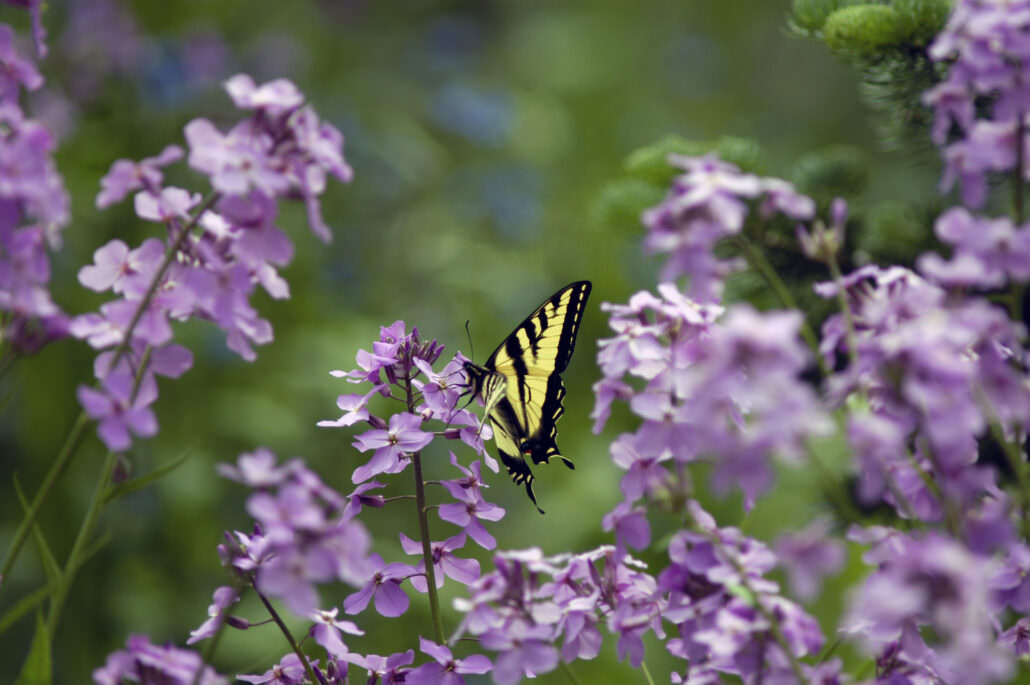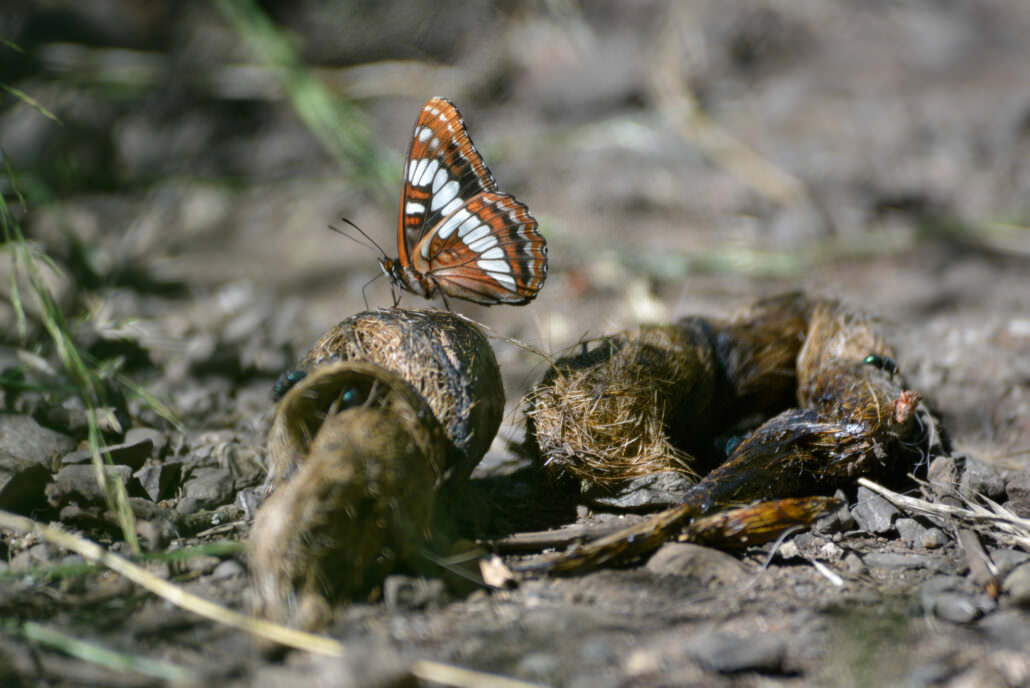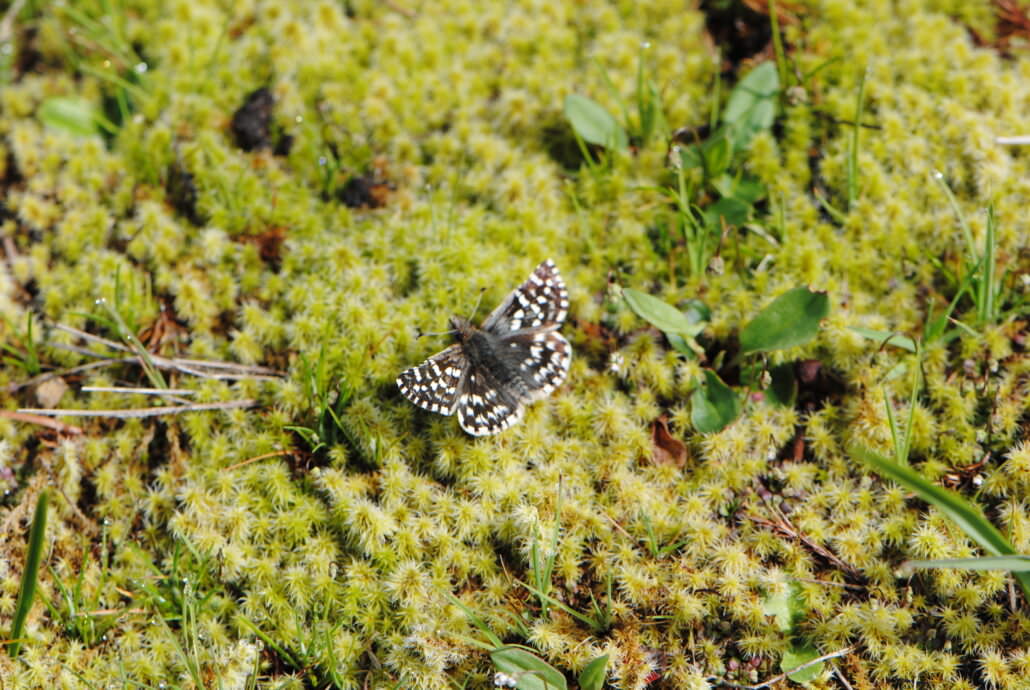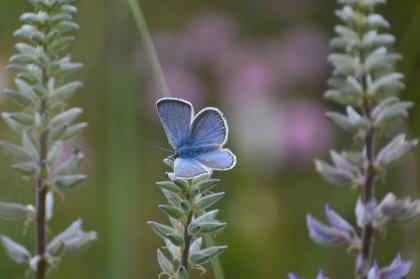Butterflies
Overview
Over 90% of native prairie land has been lost in western Washington and so has the number of butterfly species who thrive in it. Most butterflies drink from native prairie nectar plants and lay their eggs on host plants, which their caterpillars eat once they hatch. Each butterfly species has nectar plants that they prefer. Naturally, as Washington’s prairie acreage has declined, native plants that butterflies require for sustenance have disappeared, resulting in an inevitable decline in native butterfly species. The disappearance of native prairie habitat affects the entire ecosystem.
Wolf Haven’s Role
In 2001, Wolf Haven expanded its mission from wolf rescue and sanctuary to include a focus on vanishing species and protecting habitats. Our property in Tenino, Washington includes 36 acres of rare Mima mound prairie and is part of the historic Rocky Prairie located to the north and west. The proximity between these prairies benefits species such as bluebirds and butterflies, who require movement between protected areas and grasslands. It is home to several of rare butterflies and moths and has one of the highest numbers of native butterfly species in the region.
Wolf Haven collaborates with several state/federal agencies and conservation organizations to restore our prairie, wetlands, and woodlands. The native plant communities on our mounded prairie are rich in comparison to the other prairie properties, with blooming kinnikinnick patches and nectar plants such as larkspur, lomatium, and sea pink. To date, 48 different species of butterfly have been identified on the Patrick Vance Dunn Memorial Prairie at Wolf Haven.
Outcome
Restoration activities on our prairie are conducted through working partnerships with Center for Natural Lands Management, Ecostudies Institute, U.S. Department of Defense, Washington Department of Fish & Wildlife, Washington Department of Natural Resources, USDA Natural Resource Conservation Service, U.S. Fish and Wildlife Service, and Black Hills Audubon Society. We are a member of the South Sound Prairie Working Group and the Joint Base Lewis-McChord Army Compatible Use Buffer program for native prairie conservation. Steps being taken to encourage native butterfly populations include the additional establishment of lupine species (favored by the Puget Blue butterfly) and the preparation for reintroduction of the rare Taylor’s Checkerspot butterfly.




